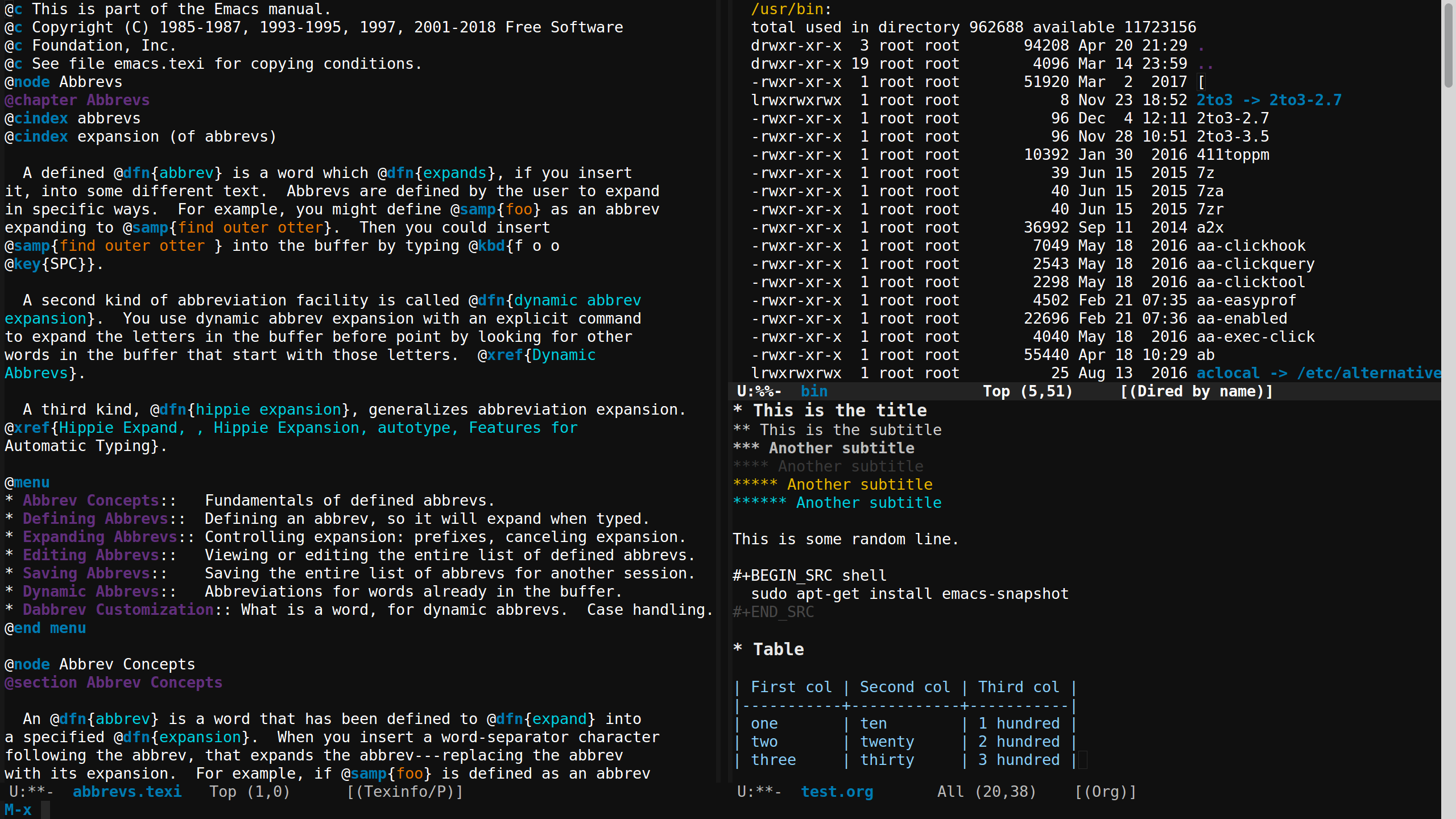Any future development will continue there due to Microsoft’s ownership of GitHub.
And, as always, all contributions are welcome!
Codeberg is a community-driven, non-profit software development platform operated by Codeberg e.V. and centered around Codeberg.org, a Gitea-based software forge.Codeberg is not a corporation but a community of free software enthusiasts providing a humane, non-commercial and privacy-friendly alternative to commercial services.
Codeberg e.V. is a registered association based in Berlin, Germany. You don’t have to be a member of the association in order to join Codeberg.org or to contribute to the development of the platform, but if you want you can join Codeberg e.V. to support the project financially, be informed about Codeberg and, optionally, to actively contribute to the association.
Put simply, I wanted bright colors though without clashing. I like dark themes and colors that seem more radiant; not like they cut through the black/dark-gray in distinct lines, like pastels might, but would seem to radiate from the dark, softy glowing.So, putting colors together bit by bit, I came up with Klere; it’s bright but not in a way that overpowers its dark-gray background of the other shades of gray that outline the other fixtures: vibrant colors for highlight, grays for outlines; that’s the hope, at least.
Klere is on Melpa; you can install it by runningM-x list-packages in Emacs and searching for
klere-theme if you have the Melpa repository loaded by Package. If
you don’t have the repository added – yet –, you can find instructions
for how to add it at the Melpa
Github page.
If you don’t want to use either Melpa or Emacs’s package manager, choose
a directory to store your themes in (or, at least, Klere in) – such as
~/.emacs.d/themes – and load them as so:
(add-to-list 'custom-theme-load-path "~/.emacs.d/themes/") in your
emacs init file. You can, then, load the theme via customize or adding
(load-theme 'klere t) to your init file, as well.

